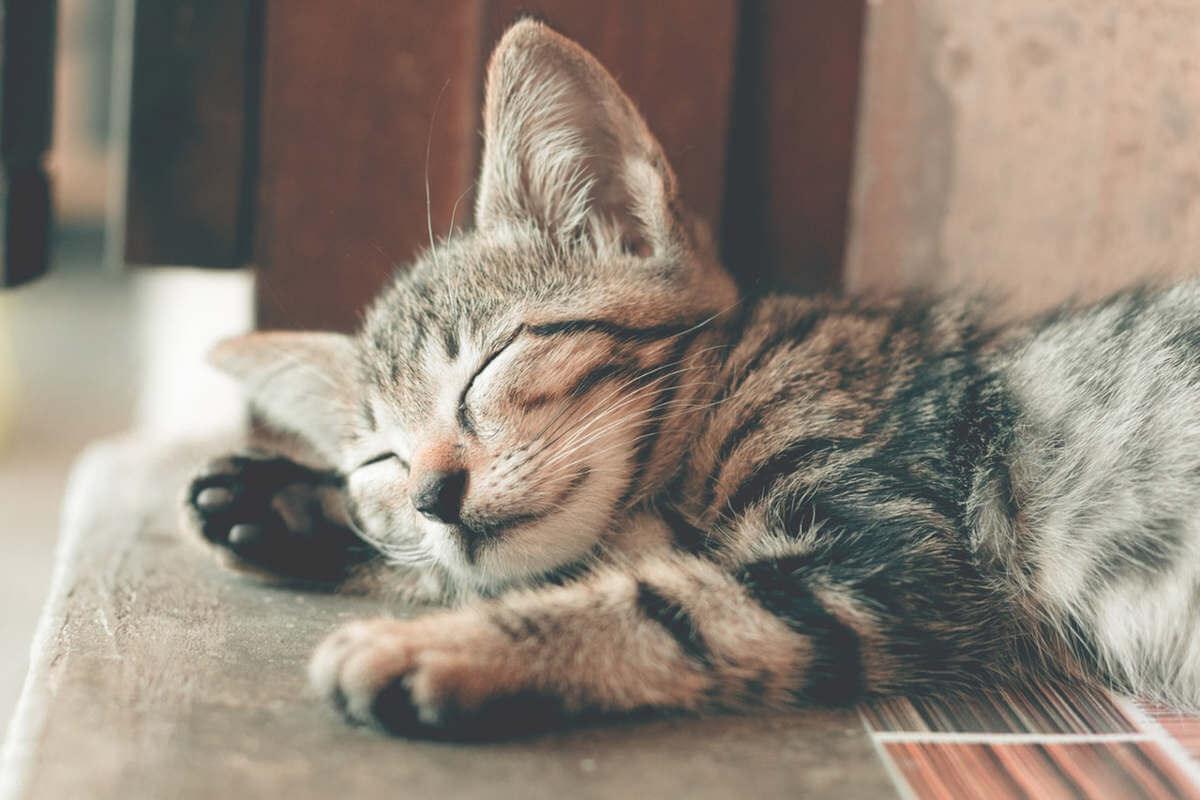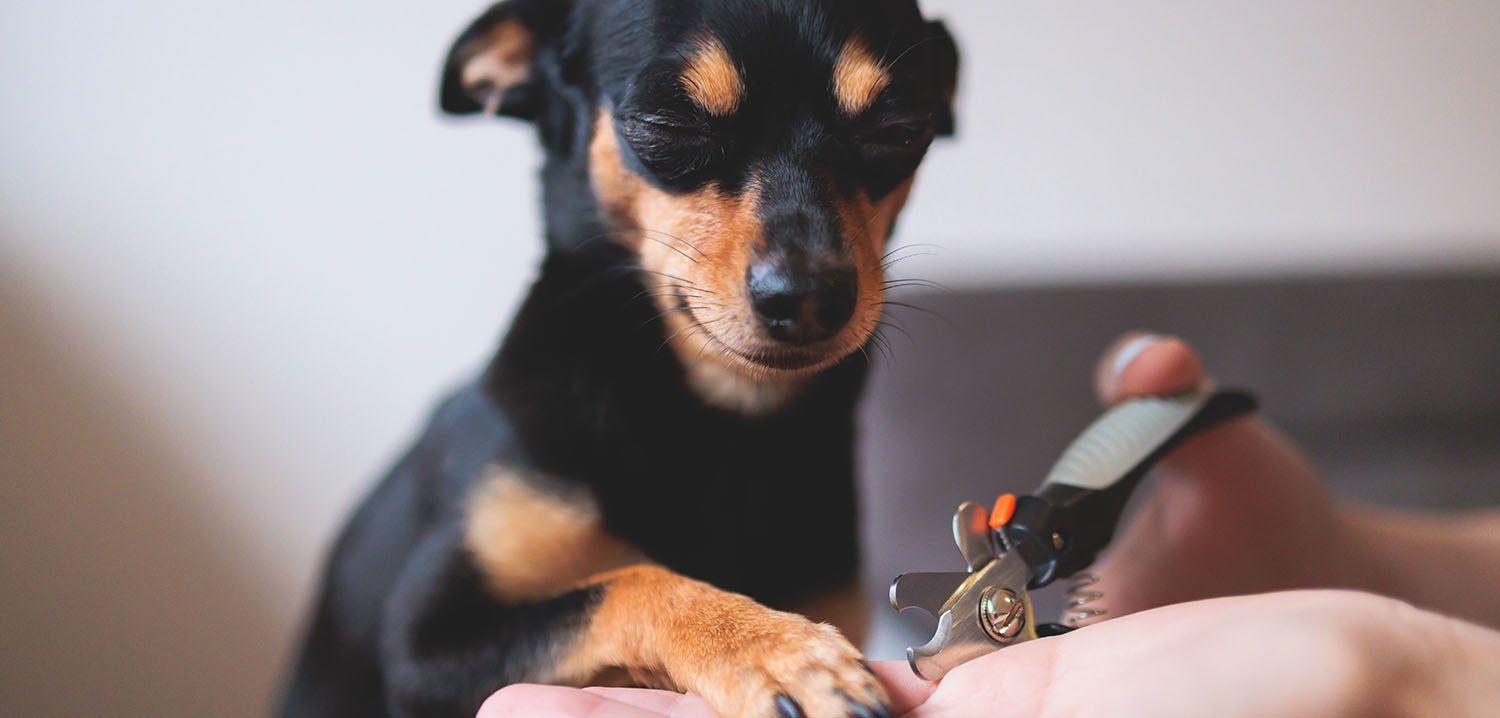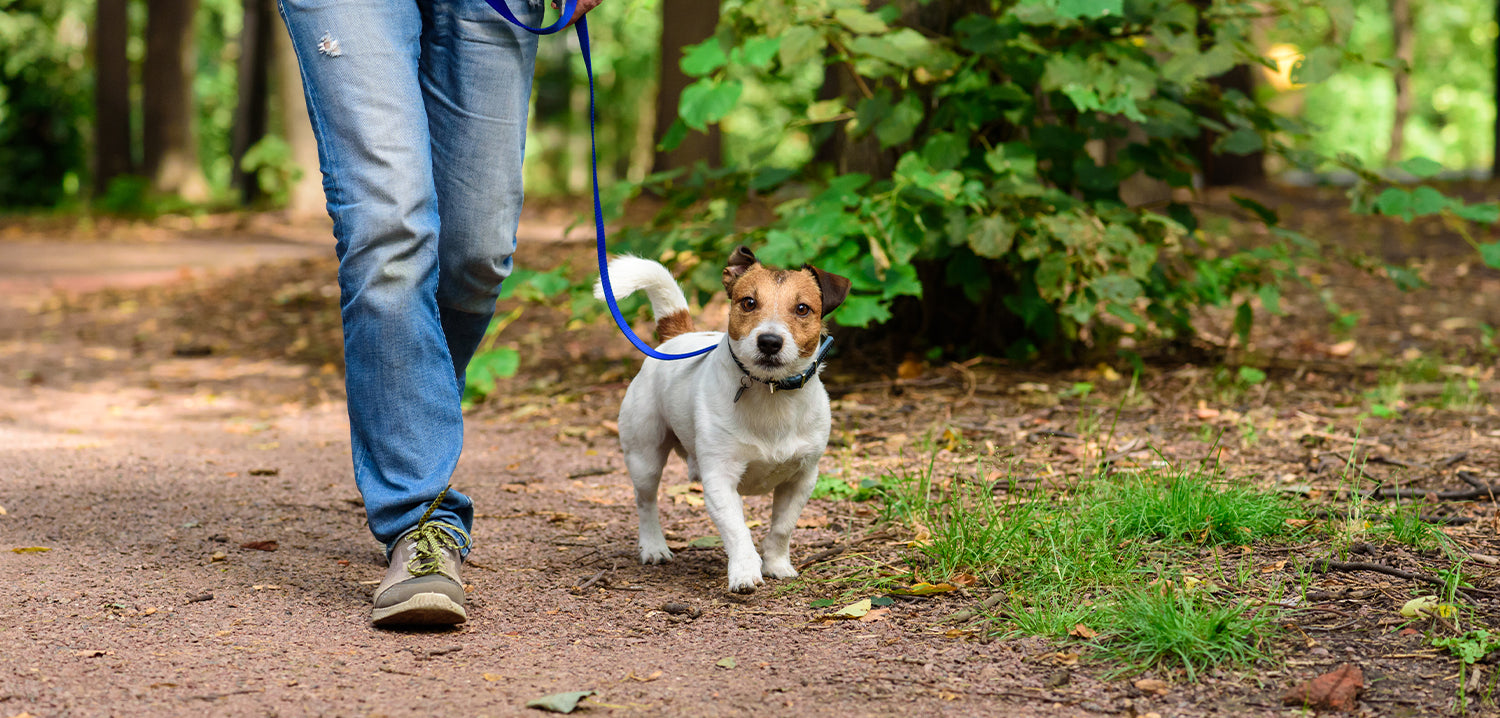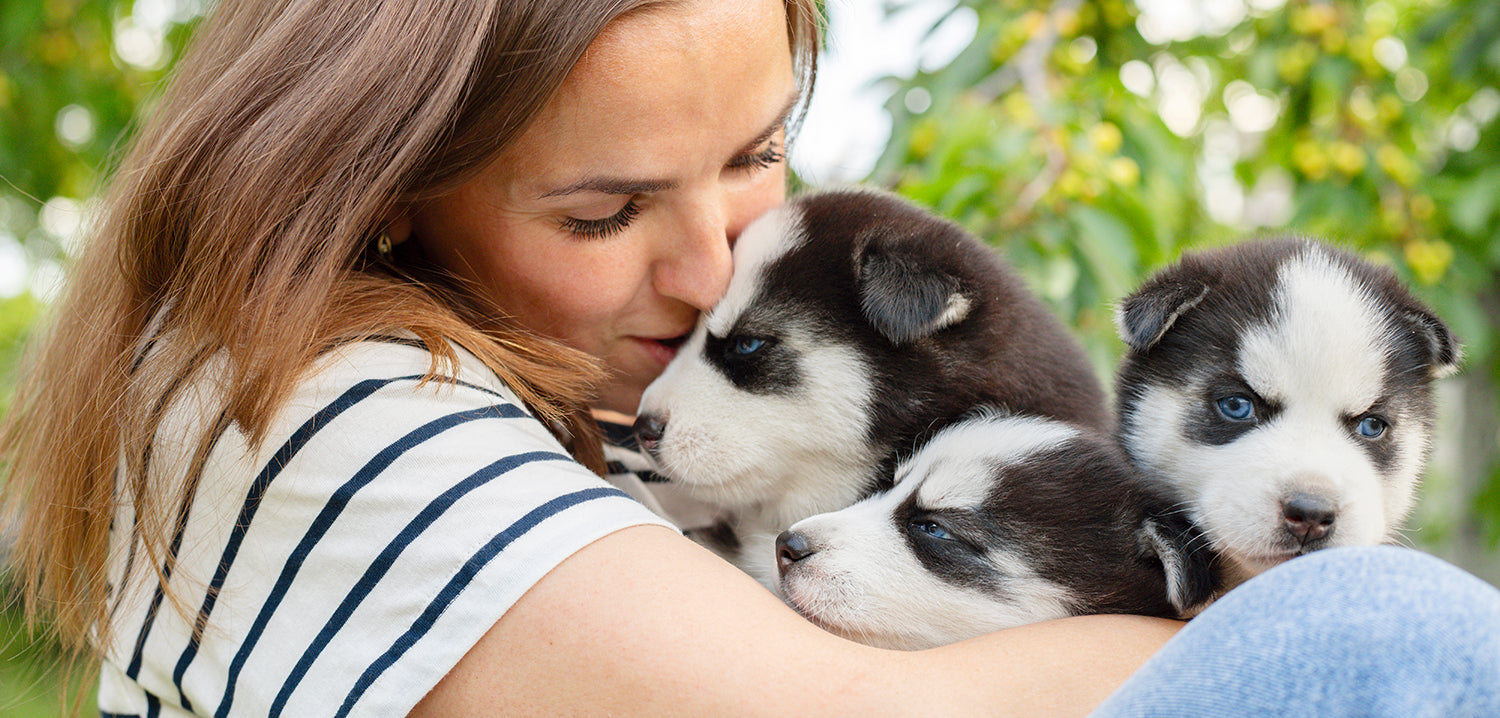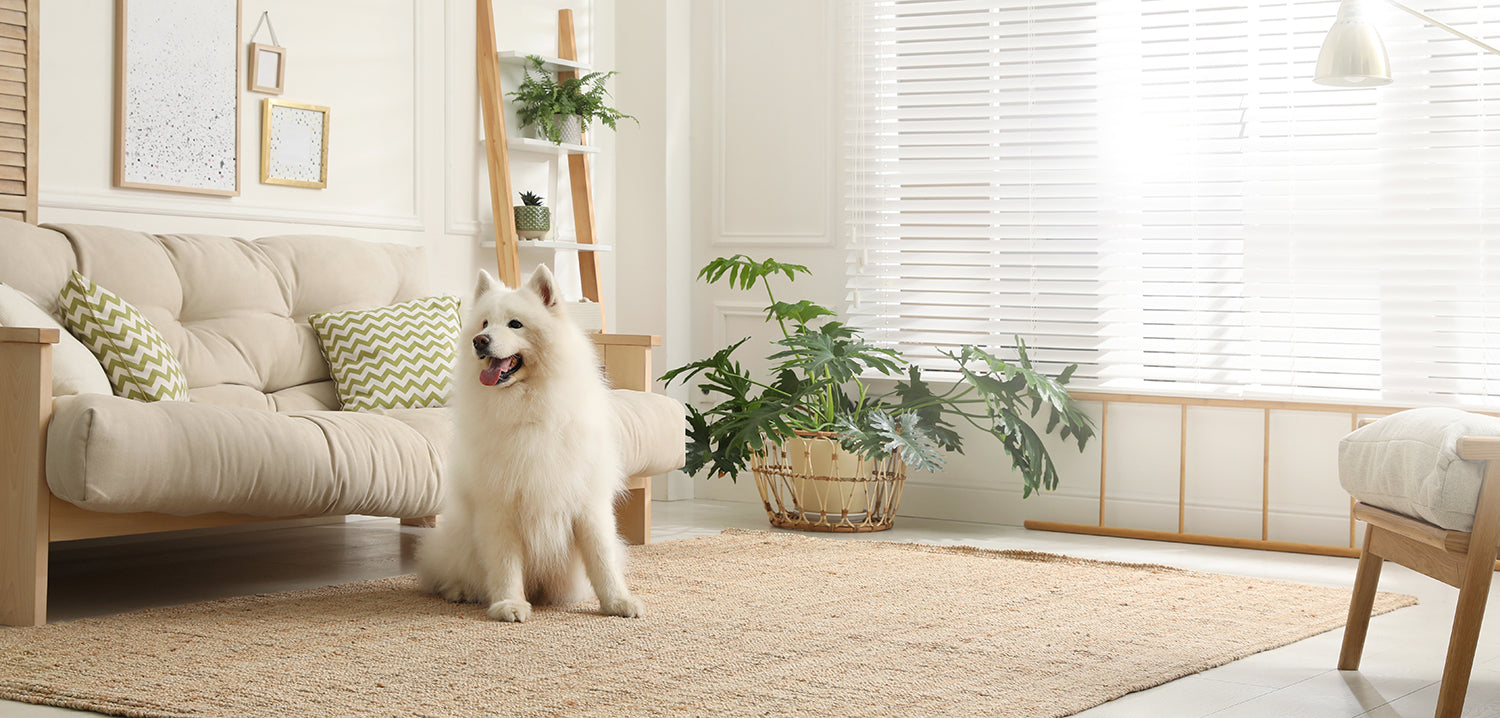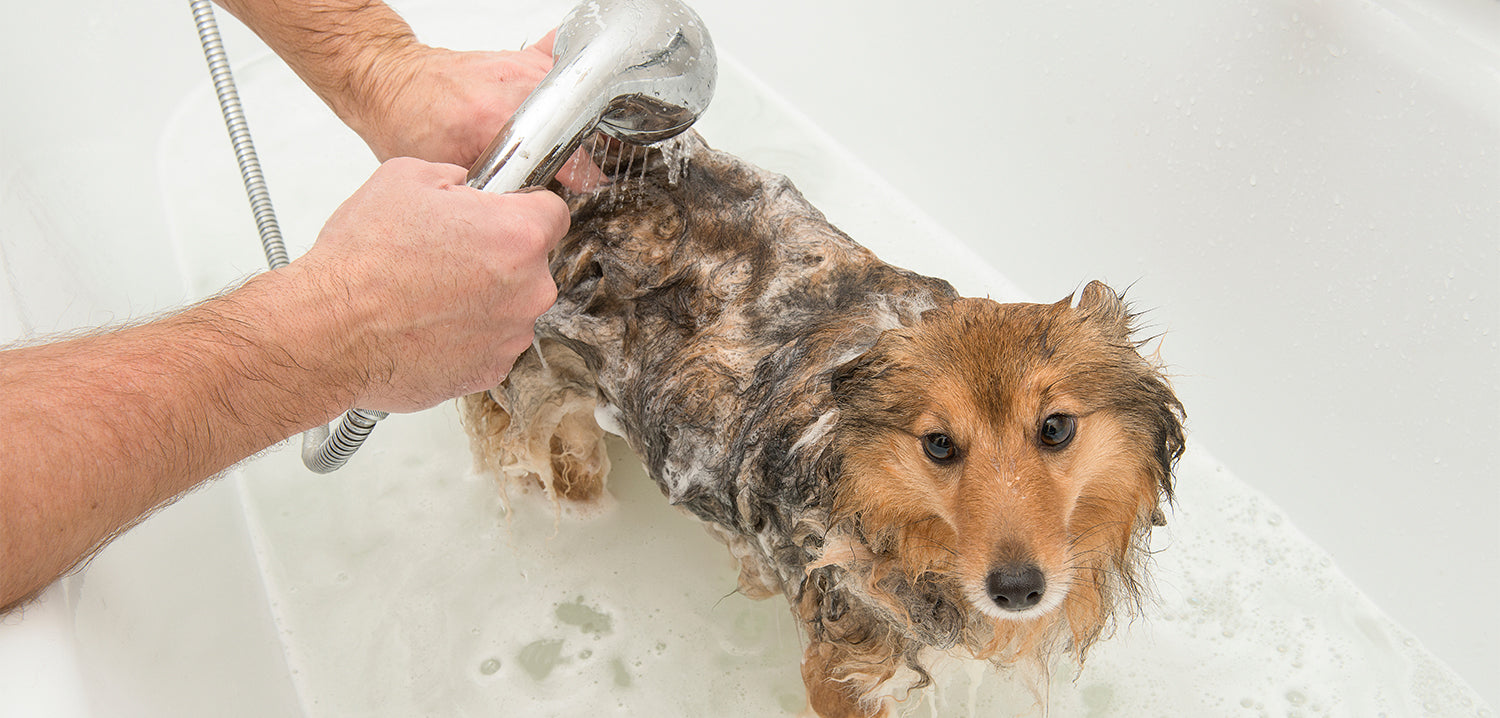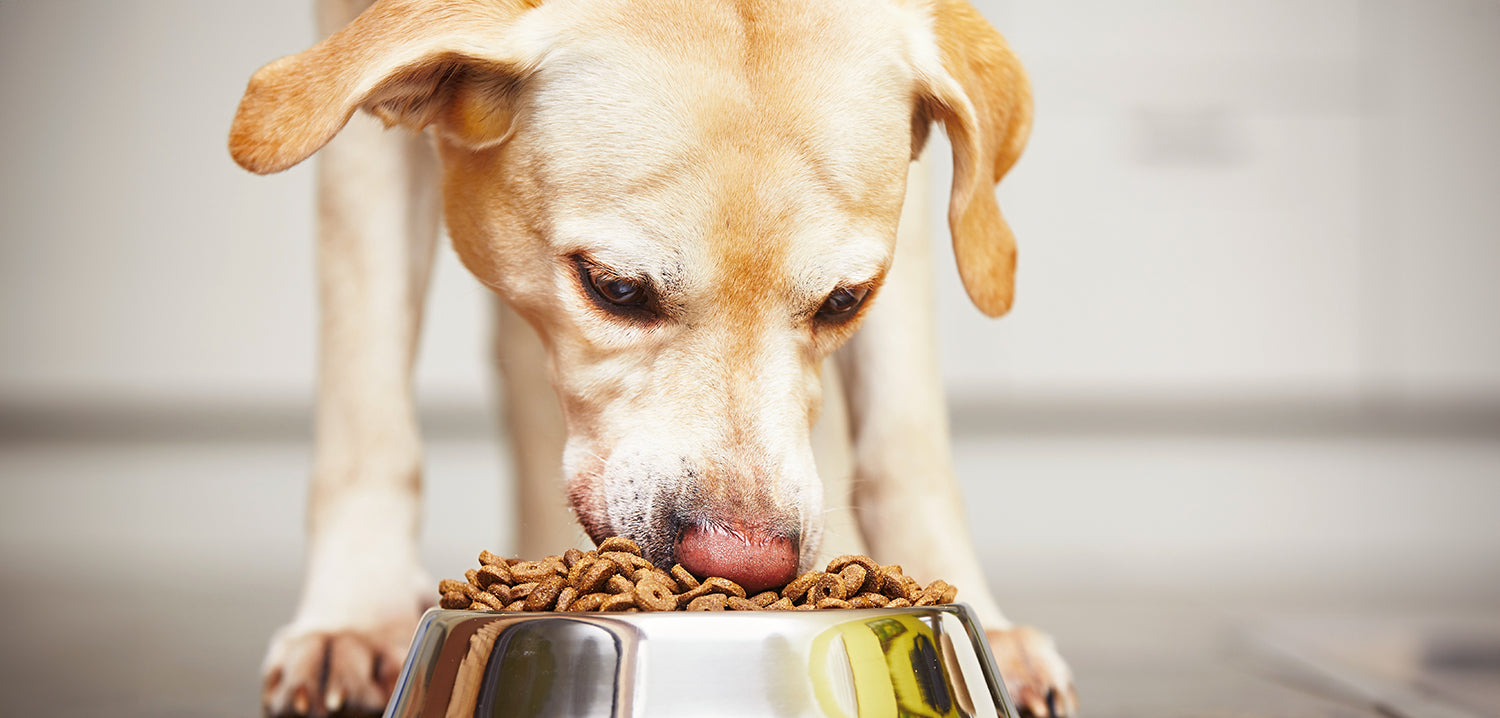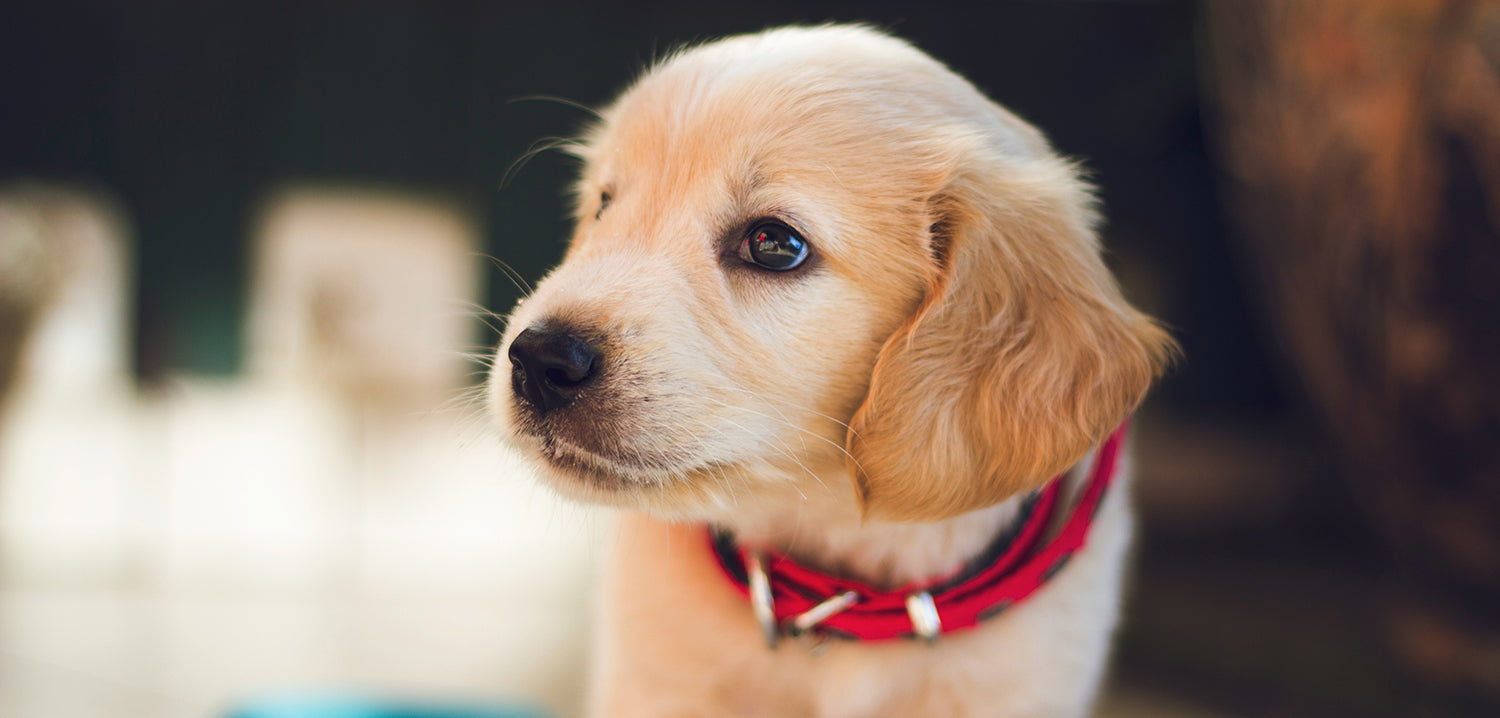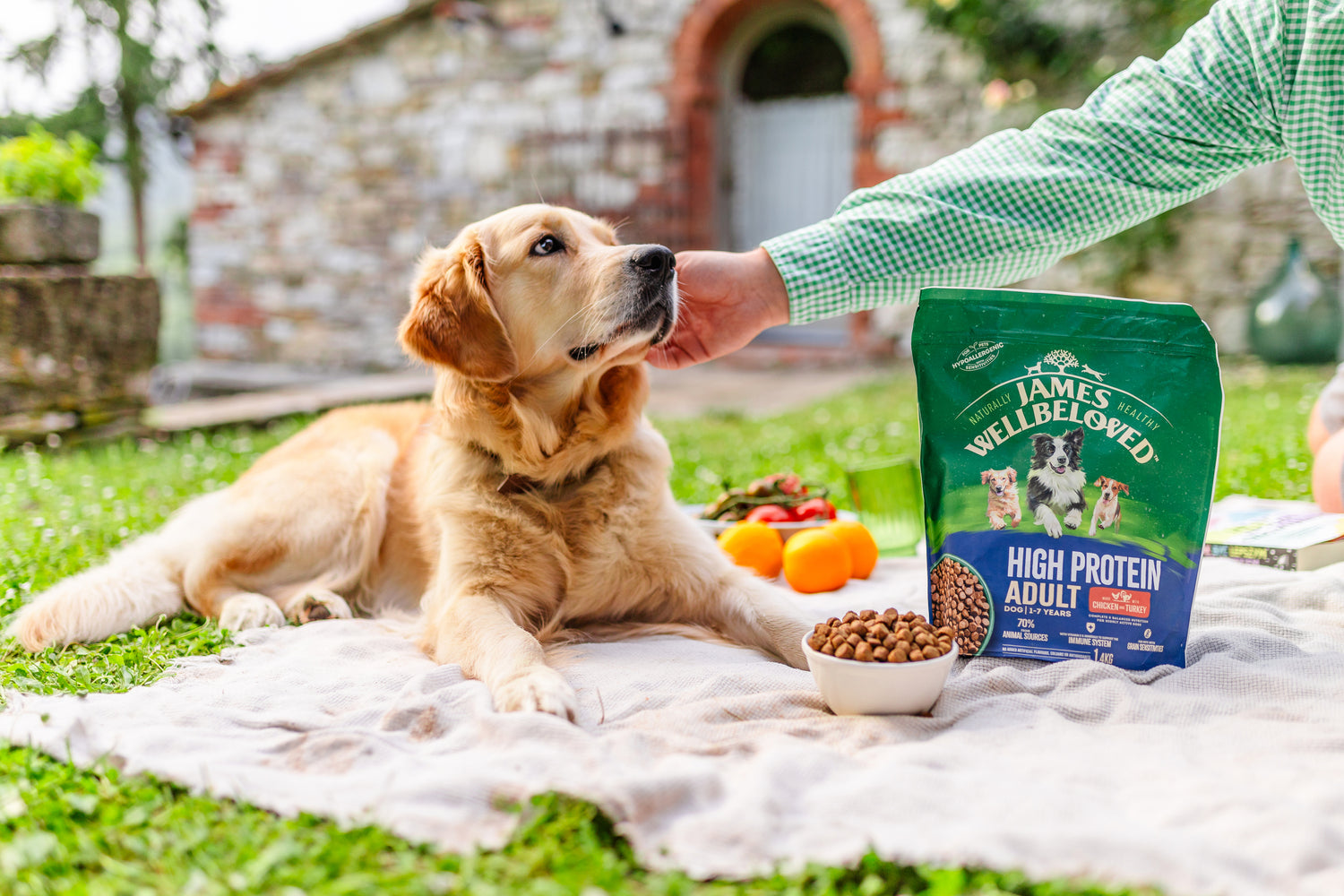Almost one-fifth of UK households has one or more cats, making them the second-most popular pet in the country after dogs. Of these households, approximately three-quarters of all cat owners keep their cat indoors. Some do this simply to keep their cat close to them, while some breeds are more prone to staying in the warmth instead of roaming through bushes. In this article, we explore the most common household dangers to cats and how to avoid them, so you can feel comfortable that your pet is relaxing, playing, and eating in a safe environment.
Common hazards inside the house
Exposed food
Cats are typically very picky with what they eat and, if they can consume healthy cat food suitable to their age and size, they are unlikely to want anything else. But there are always exceptions, and some cats cannot resist trying something new, especially if it smells nice. Avoid leaving food around the house that is accessible to your cat; some foods can be toxic for your cat to eat, like chocolate or raisins, or in a fruit bowl, like grapes, as your cat may try to have a nibble. How to avoid this hazard: Ensure any food that you aren’t intending to feed your cats is never left unattended in the house. Make a habit of picking up after yourself and any other family members or pets.
Toxic plants
As with food, plants can be difficult for some cats to resist, but many common plants are poisonous to cats. Sometimes the smell or colour of a plant is enough to make your cat want to take a bite, like tulips. Other times, cats simply brush up against a plant, like a lily, and later consume the poisonous pollen while grooming themselves. How to avoid this hazard: Ensure all the plants in your home are not toxic to cats. Either replace any that are toxic with non-toxic alternatives, or keep the plants in an area of the house where your cat cannot access.
Rubber bands and plastic bags
Similar to above, rubber bands can be a choking hazard. They can also get caught around your cat’s legs or neck, which can result in injury. While plastic bags are less likely to constrict your cat’s limbs, if one gets trapped over your cat’s head, it can cause suffocation. How to avoid this hazard: Keep these items in an enclosed storage space when not in use.
Power cables
Power cords are everywhere in the modern home and they can be irresistible for cats to chew on, especially kittens. Naturally, this will result in electric shock. How to avoid this hazard: Use cable tidies and cord keepers to keep power cords together and prevent cats from being able to chew through.
Perfumes, lotions, and cleaning agents
Liquid potpourri, skin and hair creams, and cleaning agents, including bleach, are all common household items which, if left exposed, could poison your cat, just as they would be toxic to a human being if ingested. Cats don’t know these are dangerous liquids and may be tempted to lick them in an effort to understand what they are. How to avoid this hazard: Ensure you always securely close the containers of such items and keep them locked away in a cupboard (even if you close the item properly, there may be residue on the outside of the container that you cat might lick). If you have just cleaned a surface with a cleaning agent, keep your cat shut in a separate room until it dries. If your cat gets any product on their fur or paws, clean them thoroughly before your cat has a chance to begin grooming.
Medications
Similarly, it is not uncommon to have human medication around the home. While it might seem obvious that only the person prescribed the medication should consume it, many common prescription-free medications are toxic to cats. For example, ibuprofen is highly poisonous to cats, and weight loss medication usually contains caffeine, which can cause heart problems and seizures in cats. How to avoid this hazard: Medicine not being consumed should always be kept in its original container, and that container must be securely closed and locked away in a space that your cat cannot access.
Holiday decorations
Christmas tinsel, happy birthday banners, and confetti are all very attractive to cats. The bright colours are tempting and the fact that these decorations aren’t up all year round means they are something novel and worth exploring. Unfortunately, cats that play with these items can find themselves entangled, while nibbling on them can result in choking or, in the case of Christmas lights, getting an electric shock. How to avoid this hazard: Try to keep decorations high and out of reach. For other decorations, try to limit them to certain rooms of the house, and only allow your cat to enter these rooms when you or another family member is both present and vigilant.
Warm utilities, including oven and dryer
Other warm, dark places where cats like to relax include a recently used oven or dryer, so if these utilities are left open, your cat might climb inside. If you then shut the door without realising the cat is inside, this will leave him or her trapped and struggling for air; and the consequences could be even worse if the device is turned on. How to avoid this hazard: Being a responsible owner means regularly checking where your cat is around the home. Also, when using these devices, be vigilant before closing the door after you have finished using it.
Checklist for a cat-friendly household
While there is an unlimited number of potential dangers for cats depending on the household and the items within, the best way to keep your cat safe indoors is to keep in mind the following considerations:
- Always replace lids on creams, perfumes, medicines, and chemicals, and keep them shut away in cupboards.
- Tidy up food, drink, toys, and small household items.
- Replace toxic plants with cat-friendly alternatives.
- Don’t leave your cat unattended in rooms with decorations.
- Use cable tidies on all power cables.
- Check furniture and utilities before using mechanisms or closing doors.
- Make a habit of being aware of where your cat is and, if any hazards are unavoidably present in the house, keep your cat in a separate space.
- In the event of injury or poisoning, see your vet as soon as possible.
What to do if your cat is injured or poisoned
Make a habit of always knowing where your cat is around the house and of spending quality time together. Not only will this bring you both closer together, but you can use the opportunity to observe your cat for any unusual injury or symptoms. Check their airways by ensuring they are breathing properly and haven’t swallowed something they shouldn’t have, and gently push their fur back and check their face and paws for cuts and scrapes. Poisoning can result in many symptoms, and some toxic substances are faster acting than others. In the event that you suspect your cat has ingested something poisonous, take your cat to your vet right away. Common symptoms include:
- Vomiting
- Shivering and seizures
- Drooling, if your cat doesn’t normally
- Fatigue
- Skin irritation, especially around the nose and mouth
- Upset stomach, including diarrhoea
- Tremors
- Loss of appetite
How else you can protect your cat
Owners who also let their cats roam around the immediate property should take care to protect their cat from toxic or poisonous substances. As you would with indoor cats, avoid giving your cat access to toxic chemicals, plants or any rubbish.
Combat boredom
The final common household hazard to indoor cats is boredom. Cats are inquisitive animals who love to explore new spaces and items. By keeping them indoors, there is a risk of boredom, which can impact your cat’s behaviour and exercise routine, leading to health issues. The best ways to protect your cat from boredom is to provide them with plenty of toys, a window to the world outside so they can view passing birds and garden animals, and spend lots of time with them through play, grooming, and creating small puzzles for them to solve.
